Eurozone PMI services was finalized at 53.3 in March, revised up from 52.7, up from February final at 52.8. PMI composite was finalized at 51.6, down from February’s 51.9. Among the member states, France PMI composite was finalized at 48.9, a 2-month low. Germany PMI composite was finalized at 51.4, a 69-month low. Italy PMI composite improved to 5.15, a 6-month high.
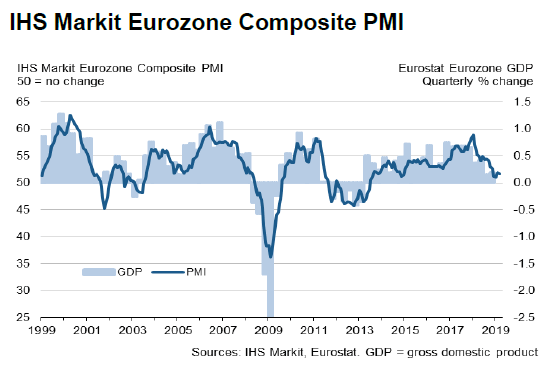
Chris Williamson, Chief Business Economist at IHS Markit said:
“The final eurozone PMI for March confirms the sluggish end to the first quarter, with business growth ebbing to one of the most lethargic rates seen since 2014.
“Only at the turn of the year, when business was hit by headwinds such as widespread ‘yellow vest’ protests in France and an auto sector struggling with new emissions regulations, has growth been slower over the past four years. The rebound from these temporary headwinds has clearly been disappointing and is already losing momentum, led by a deepening downturn in manufacturing. The goods producing sector reports that global growth worries have intensified, meaning customers continue to pull back on spending.
“The service sector has managed to sustain a relatively resilient rate of growth but has also lost momentum in recent months. This should come as no surprise as history tells us that robust service sector growth usually depends on a healthy manufacturing economy.
“At current levels, the PMI remains consistent with GDP rising by 0.2% in the first quarter, but unless manufacturing pulls out of its downturn the overall pace of economic growth will likely weaken in the second quarter as the malaise spreads to the service sector. In this respect, with forward-looking indicators from the manufacturing sector suggesting goods production will fall further in the coming months, downside risk to the outlook have intensified.”
Full release here.




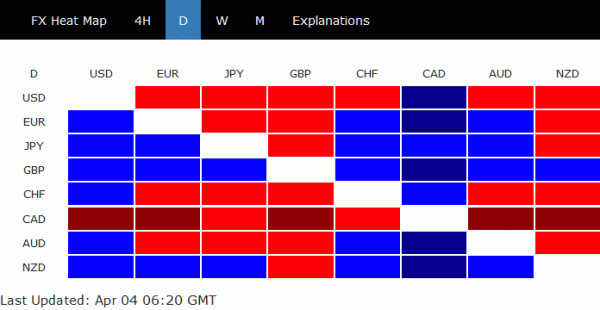
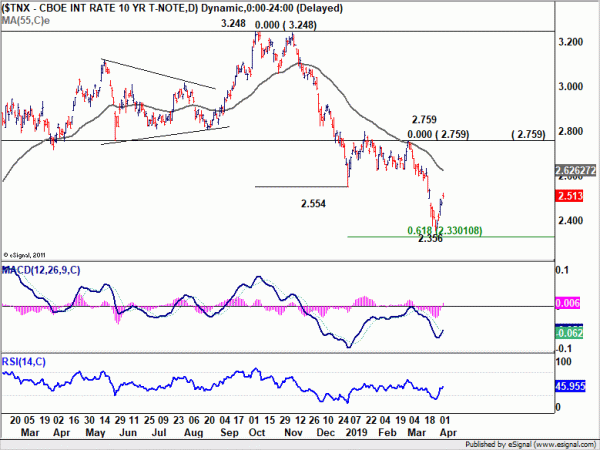
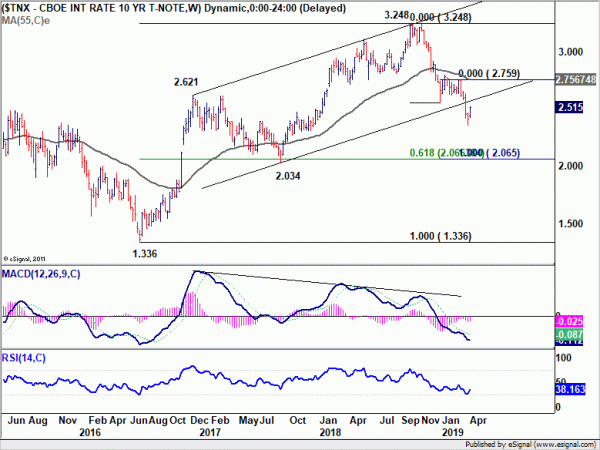
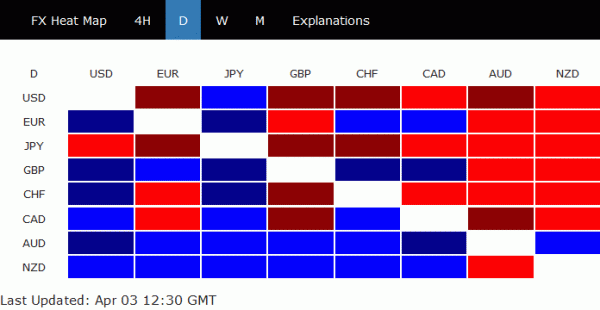
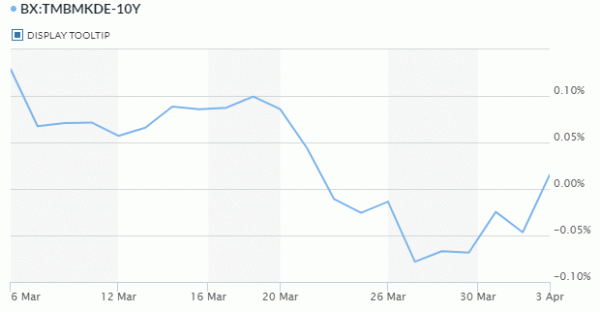
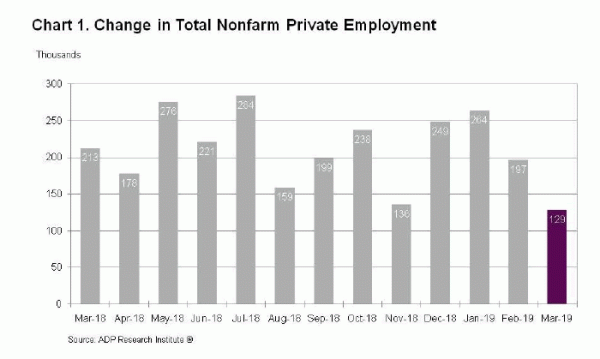
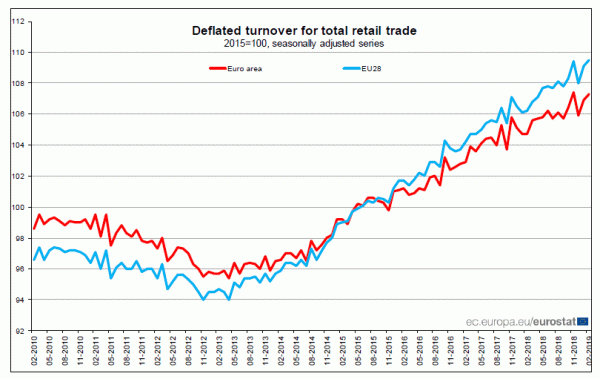
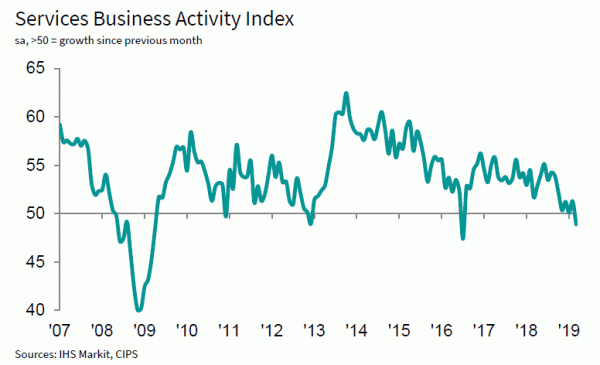

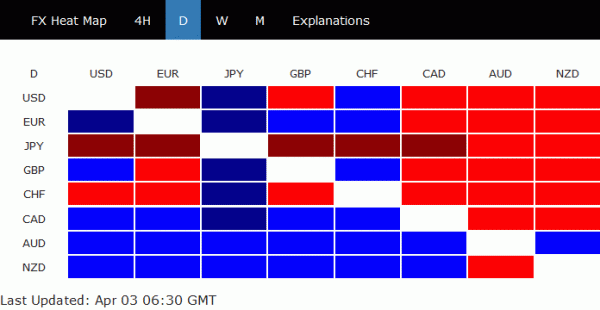
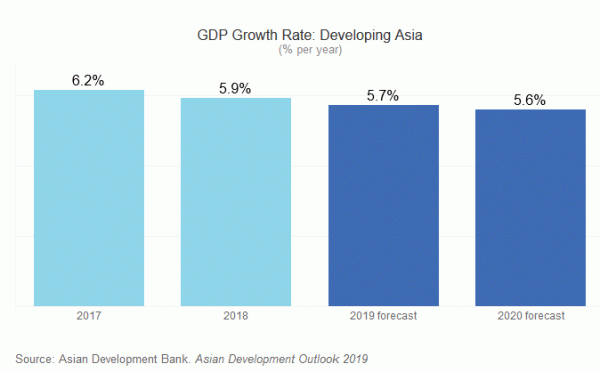
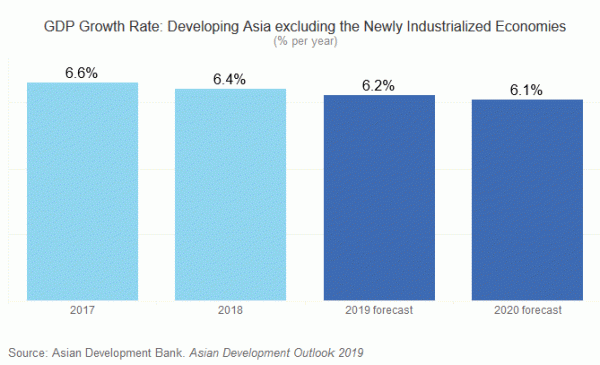
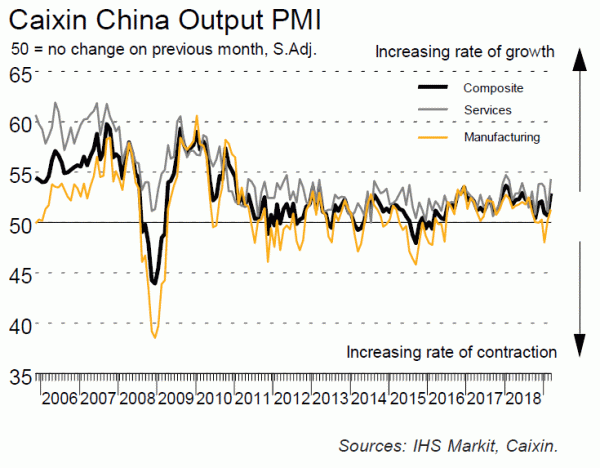
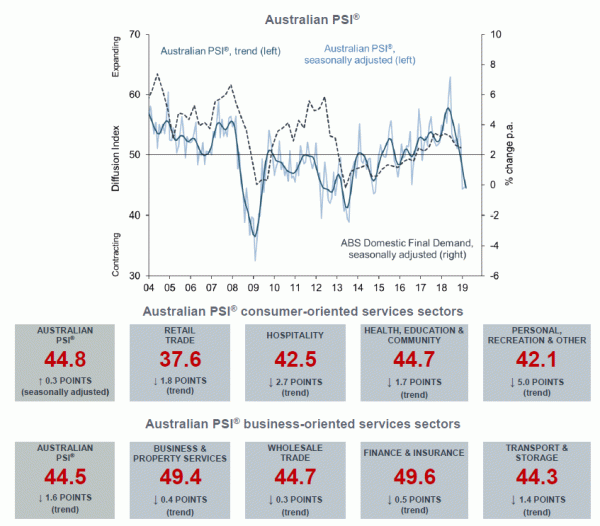

Some ECB members considered keeping rates unchanged till Q1 2020, but data-driven gradualist approach adopted
The monetary policy meeting accounts of March ECB meeting revealed debates regarding the extent of the extension in the calendar based leg of the forward guidance. Back then, ECB said interest rates will be kept at current level at least through the “end of 2019”, changed from “summer of 2019”.
A numbers of members voiced an initial preference for extending the forward guidance through the “end of the first quarter of 2020”. That would be “more in line with the markets’ pricing of a first interest rate increase”. But others argued that “until the end of 2019” was “more consistent with the baseline scenario underlying the projections that foresaw a rebound of the economy in the second half of 2019”. Also, “in view of the high prevailing uncertainty, a data-driven gradualist approach was seen as most appropriate”
On the economy, the baseline scenario was a more protracted “soft patch” followed by a return to more solid growth. However, “uncertainty remained elevated” and it was “unclear how persistent the current soft patch would turn out to be.” Also “downside risks to the growth outlook continued to prevail despite” despite downward revision in growth forecasts in March.
And, it was highlighted that “growth projections had been revised down in a number of consecutive projection exercises and that growth might not be mean-reverting, as typically assumed in projections.” Uncertainty might also turn out to be “more persistent than expected”. Risks surround Eurozone growth outlook were “on account of the persistence of uncertainties related to geopolitical factors, the threat of protectionism and vulnerabilities in emerging markets.”
Though, it’s also emphasized that “while the growth momentum was weaker, it remained positive”. And, neither ” the euro area, nor the global economy, was currently in recession and the probability of a recession remained relatively low.”
Full accounts here.